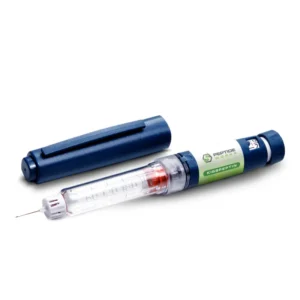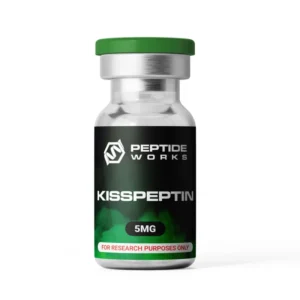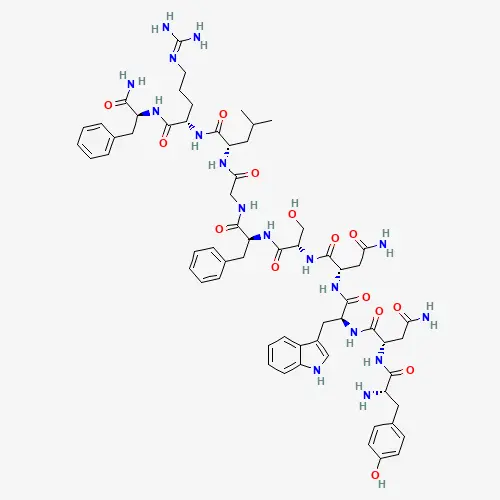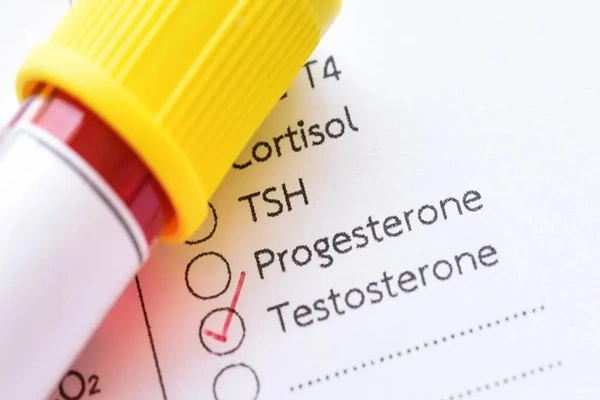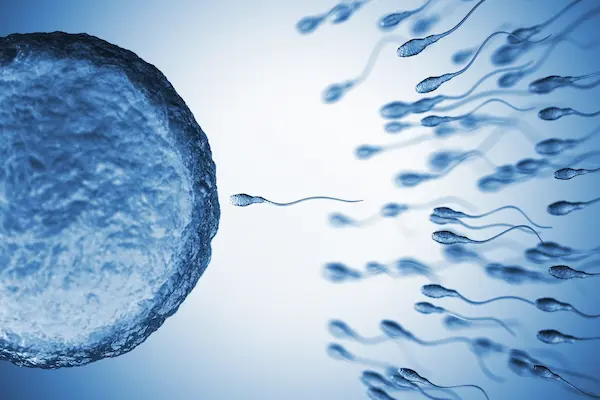Regulation of the reproductive (hypothalamic-pituitary-gonadal) axis: Research has demonstrated that Kisspeptin, encoded by the KISS1 gene, is a critical regulator of the hypothalamic-pituitary-gonadal (HPG) axis, essential for puberty and reproductive function. Studies have shown that it activates GnRH neurons via the kisspeptin receptor (GPR54), stimulating gonadotropin (LH, FSH) and sex hormone release [1]. Mutations in kisspeptin or GPR54 cause reproductive disorders like idiopathic hypogonadotropic hypogonadism (IHH) or precocious puberty [2].
Kisspeptin integrates metabolic, stress, and hormonal signals, making it a promising therapeutic target for infertility, hypothalamic amenorrhea, and hormone-sensitive conditions. Chronic high-dose kisspeptin analogs may also treat sex hormone-dependent malignancies, highlighting its broad clinical potential in reproductive health management [3].
Effects on Sexual Desire, the Sexual Brain, and Psychosexual Processes: Research has shown that Kisspeptin plays a pivotal role in modulating sexual desire and psychosexual processes by enhancing brain activity in key sexual and emotional networks [4]. Studies suggest that in women with hypoactive sexual desire disorder (HSDD), kisspeptin infusion improved brain responses to erotic stimuli and facial attraction, correlating with reduced sexual aversion and distress [5].
In men with HSDD, kisspeptin increased penile tumescence by 56% and enhanced subjective arousal. Functional MRI studies revealed kisspeptin’s activation of sexual-processing brain regions, including the hippocampus and cingulate cortex [6]. These findings highlight kisspeptin’s potential as a therapeutic agent for HSDD, improving sexual desire and emotional well-being.
Effects on bone metabolism: Research has demonstrated that Kisspeptin positively impacts bone metabolism by promoting bone formation and inhibiting resorption. In vitro studies reveal that kisspeptin enhances osteoblast activity, leading to a 41% increase in alkaline phosphatase levels, while simultaneously reducing osteoclast resorptive activity by 53%.
A clinical study found that kisspeptin infusion in healthy men increased the bone-formation marker osteocalcin by 24%, regardless of sex steroid levels. These findings suggest that kisspeptin has a dual action on bone cells, making it a promising therapeutic candidate for osteoporosis and other bone-related disorders [7].
Interface between metabolism and reproduction: Studies indicate that Kisspeptin serves as a critical link between metabolism and reproduction, ensuring reproductive function aligns with favorable energy and metabolic conditions. Kisspeptin neurons respond to metabolic cues, acting directly via receptors in the brain, pancreas, and brown adipose tissue, and indirectly through gonadal hormones.
Disruptions in kisspeptin signaling, as seen in conditions like obesity, diabetes, or undernutrition, impair both metabolic and reproductive functions. Emerging evidence highlights kisspeptin’s potential as a therapeutic target for treating metabolic and reproductive disorders, including hypogonadotropic hypogonadism and polycystic ovary syndrome, offering a promising avenue for integrated management of these interconnected systems [8].

